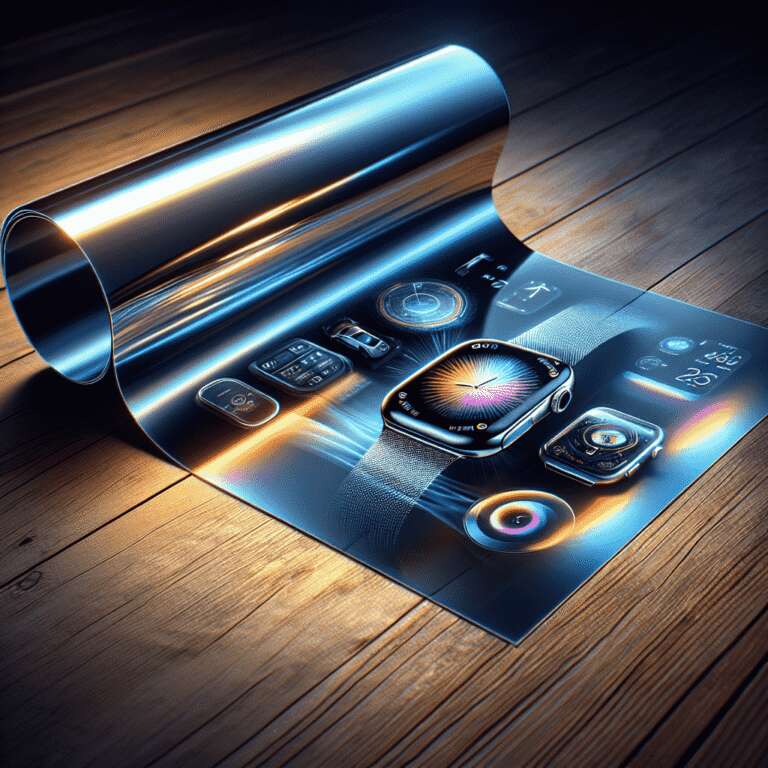Aledia, a pioneer in nanowire and 3D silicon-based microLED display technology, will present its new FlexiNova platform at Display Week 2025. Built on proprietary nanowire microLED technology, FlexiNova marks a significant advance for large-scale production of next-generation displays. The platform will launch with ready-to-sample chips in 6 V and 9 V formats in the latter half of 2025, targeting original equipment manufacturers (OEMs) and display makers aiming to incorporate microLEDs into diverse applications such as smartwatches, automotive dashboards, luxury televisions, and ultra-high-resolution monitors.
MicroLED has long been recognized for its superior brightness, efficiency, and extended battery life compared to prevailing OLED and LCD technologies. However, bringing these displays from laboratory prototypes to mass production has proved challenging due to the complexity and high costs associated with manufacturing chips smaller than 30 micrometers. FlexiNova addresses these industrial bottlenecks, offering an adaptable solution that paves the way for mainstream adoption of microLED displays.
The defining feature of FlexiNova is its customizable nature: chip dimensions, shapes, and power consumption can be tailored to suit specific product requirements, all without compromising performance. This adaptability positions FlexiNova as a game changer for manufacturers looking to deliver products with enhanced efficiency and design flexibility. By lowering production barriers and offering a scalable platform, Aledia aims to accelerate the rollout of advanced, energy-efficient screen technologies across consumer electronics, automotive, and professional display sectors.

